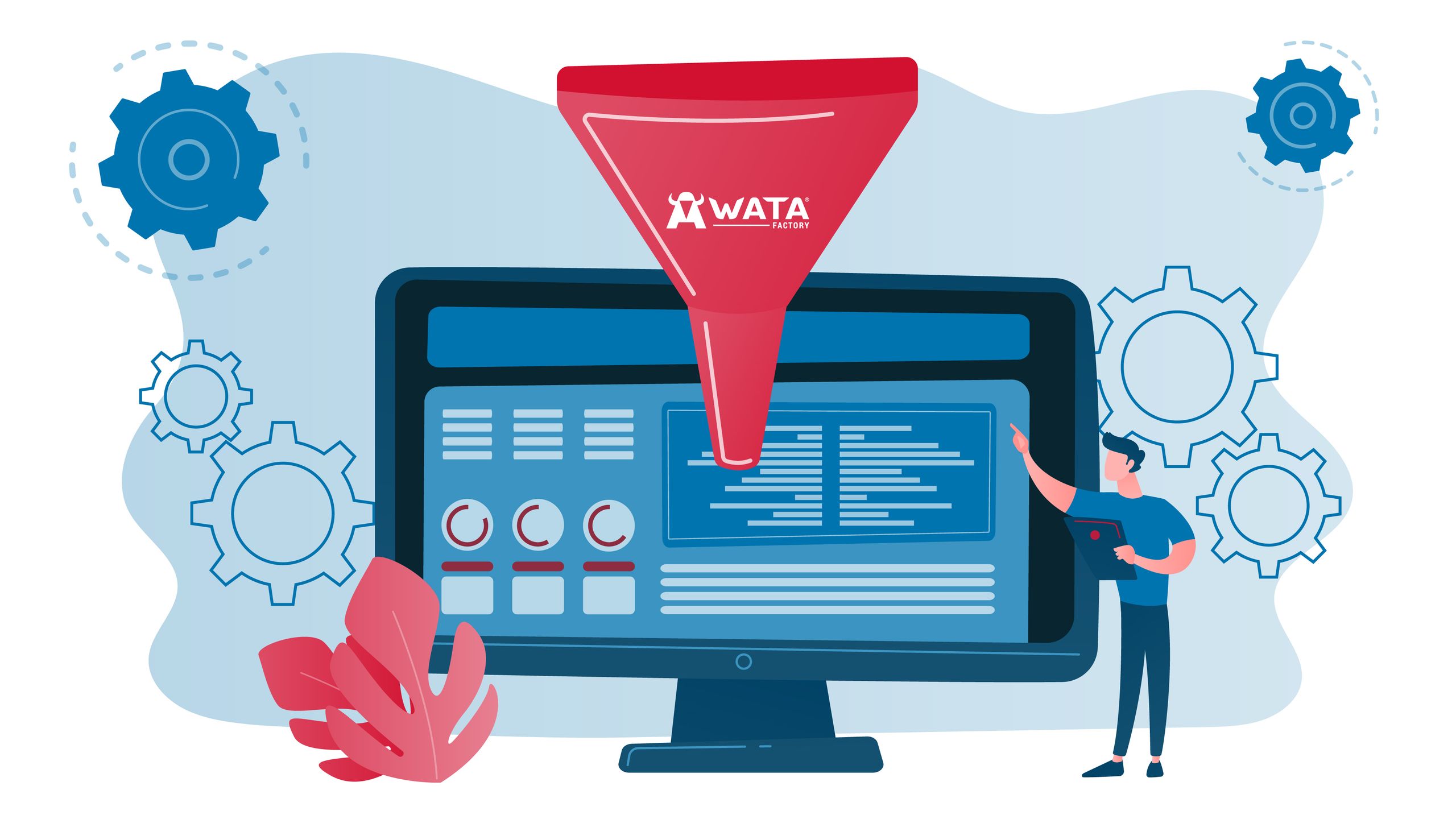Jira is a powerful tool for project management. One of its most practical features is filters, which help maintain an overview, prioritize tasks, and identify bottlenecks early. By using filters effectively, workflows can be optimized, and projects can be managed more successfully—exactly what we do at WATA Factory every day.
Why Are Jira Filters Important?
Project management requires a structured approach to ensure that teams work efficiently and projects are completed on time. Jira filters enable us at WATA Factory to quickly access relevant information without having to sift through numerous tickets. They help us identify bottlenecks, track progress, and prioritize tasks effectively.
How We Use Jira Filters in Our Daily Work
1. Monitoring Team Progress
To track what our teams are currently working on, filters can be used to display all open tasks:
project = "[Project Name]" AND status != "Done" AND assignee in ([Team Members]) This helps maintain an overview and allows us to provide early support if tasks get stuck.
2. Identifying Blockers Early
A major risk for projects is blockers. Special filters help when a ticket is marked as “blocked”:
project = "[Project Name]" AND status = "Blocked" This allows problems to be resolved quickly before they impact the overall timeline.
3. Managing High-Priority Tasks
To ensure that our teams focus on the most important tasks, a filter for critical and high-priority tasks is useful:
project = "[Project Name]" AND priority in (Highest, High) AND status != "Done" This ensures that tasks with the highest urgency remain visible.
4. Meeting Deadlines and Due Dates
At WATA Factory, we use filters strategically to ensure that important deadlines are not missed:
project = "[Project Name]" AND due <= endOfWeek() This enables us to take timely actions to avoid delays.
5. Regular Status Updates for Stakeholders
Filters allow us to efficiently generate reports for management or other stakeholders. An example for completed tasks from the last week:
project = "[Project Name]" AND status = "Done" AND updated >= -7d This provides a constantly updated overview of project progress.
6. Using Filters in Dashboards
At WATA Factory, we use Jira dashboards to keep important filters directly visible. This makes it easy to track relevant tasks, bottlenecks, and the current project status at a glance.
A particular advantage is the ability to visualize test coverage. Filters can, for example, display all open or completed test cases of a project:
project = "[Project Name]" AND issuetype = "Test" AND status != "Done" This quickly shows how far testing has progressed and where gaps may still exist. This is particularly helpful in identifying quality risks early and taking targeted countermeasures.
Conclusion
Jira filters are a valuable tool for tracking progress, minimizing risks, and improving efficiency. At WATA Factory, we use them strategically to optimize workflows, increase transparency, and manage projects more successfully. Integrating filters into dashboards provides an additional way to maintain an overview and react quickly to changes in project status.



